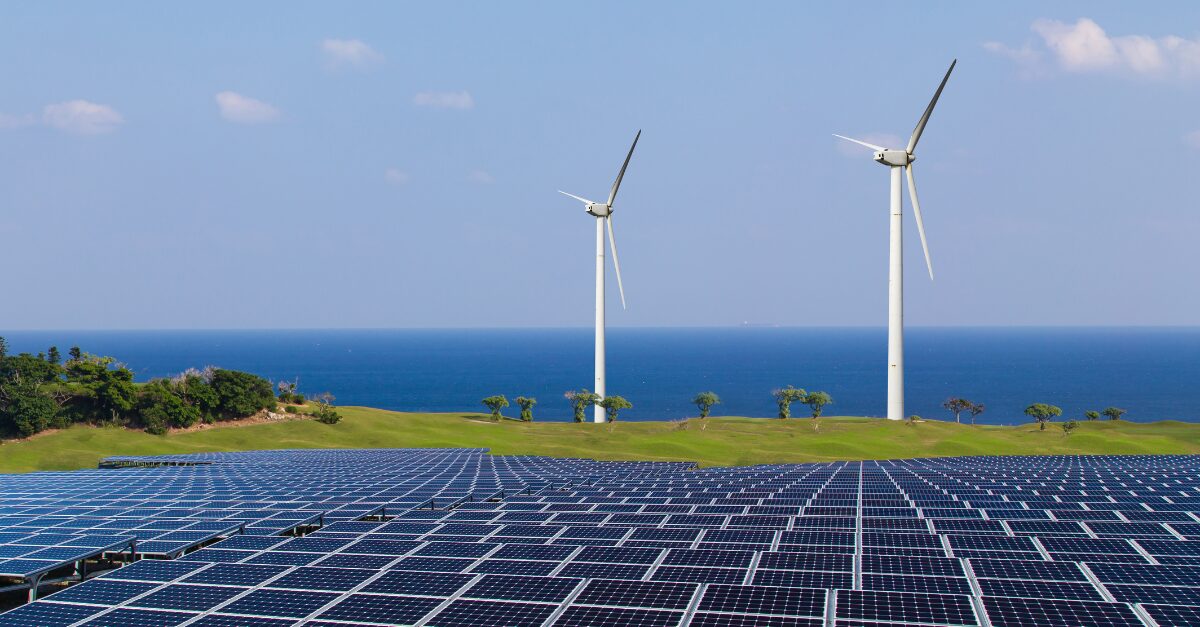
Australia’s energy transition is accelerating and the latest data confirms it. In Q1 2025, renewables supplied 43% of electricity across the National Electricity Market (NEM)—a new record for the first quarter and a clear sign that the energy transition is gaining momentum.
This shift is driving changes in pricing, supply patterns and market participation. For commercial and industrial energy users, understanding the impact of the energy transition is essential to navigating cost, risk and opportunity.
Australia's energy transition is far from a concept on the horizon. New figures from AEMO confirm record-breaking growth in renewable generation during the first quarter of 2025. Together, solar, wind and battery technologies are rapidly reshaping the supply mix, displacing coal and driving emissions reductions across the grid.
Key highlights include:
These changes mark a structural shift in how Australia’s electricity is generated, priced, and consumed. Emissions intensity and coal output both hit record Q1 lows—clear indicators that the energy transition is progressing at scale.
The energy transition is reshaping the dynamics of wholesale electricity pricing across the National Electricity Market. As renewable generation continues to scale, traditional pricing patterns are breaking down—creating new risks and opportunities for energy users.
In Q1 2025:
While lower daytime prices present an opportunity for some, they also increase exposure to volatility—particularly during peak periods when renewables drop off and prices rise. Businesses can no longer rely on flat pricing assumptions or outdated procurement strategies.
At Utilizer, we help our clients navigate this complexity, offering energy insights and commercially driven procurement solutions that align with market movements. As the energy transition progresses, we work with you to stay ahead of change—ensuring your energy strategy is not just reactive, but resilient.
For years, we’ve been waiting for the commercial case for batteries to truly stack up. In Q1 2025, large-scale batteries reached record output levels, with new capacity entering the market and reshaping how energy is stored, traded and stabilised.
In Q1 2025, large-scale batteries:
This dual role positions batteries as both market participants and enablers of reliability. They help absorb excess renewable generation and smooth out supply gaps—supporting price stability while reducing reliance on coal and gas. As more batteries are commissioned, expect greater flexibility in the market—along with more complex price signals.
The energy transition is actively reshaping how electricity is produced, priced, and consumed—and that has direct implications for your energy strategy.
To stay competitive and in control, businesses should consider the following:
At Utilizer, we support clients through these changes—translating market signals into tailored energy strategies that align with your operational needs and commercial goals. Speak to one of our expert energy consultants today.
Australia’s Carbon Market: What Matters for C&I Energy Strategy in 2026
November 28, 2025
Energy Consultants: How the Best Reduce Risk for Your Business
November 26, 2025
Explore our monthly market wraps for a comprehensive outlook on the Australian energy market, and start making smarter energy decisions.